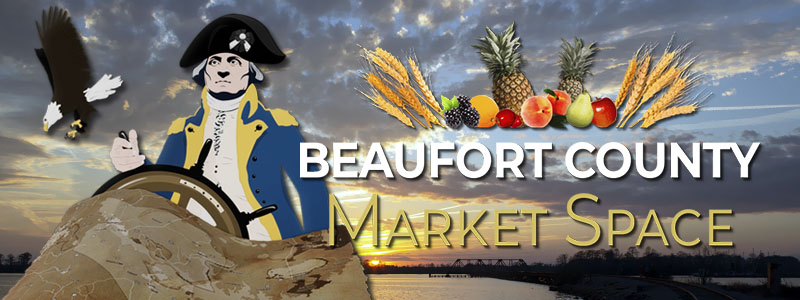Publisher's Note: This post appears here courtesy of
The James G. Martin Center. The author of this post is
Laurence Peterson.
Intercollegiate sports, particularly football and basketball, have ever so slowly, over the years, inserted themselves insidiously into the fabric of most universities with the support of alumni, the business community, and their college presidents.
When will college presidents, university boards of visitors, students, parents, and alumni realize intercollegiate sports are detracting from universities' educational missions and need to be eliminated or significantly curtailed?
Perhaps they will wake up when college coaches receive multi-million dollar salaries and are the highest-paid public employee in their state, paid even more than the governor. Or when a select few star college athletes earn more from their NIL (Name, Image, and Likeness) rights than their best university professors. Maybe college leaders will realize something's amiss when all undergraduate students at some universities pay thousands of dollars each year in mandated athletic fees, or when universities go deeply into debt and lose tens of millions of dollars annually from their sports programs. Perhaps they will notice that many of the 98 percent of college football and basketball athletes who do not go on to the NFL or NBA find themselves unemployable because of an inadequate college education.
The preceding events are already happening, yet few seem to be concerned. Will all of these occurrences need to happen on many campuses before we understand the adverse impact of intercollegiate sports on the educational mission of our universities? Why are universities letting big money, greed, and third-party interests drive their academic decisions and strategies? How can we make quality education the highest priority for our universities?
These are all questions we need to ask our university leaders, especially in light of a recent Supreme Court decision that impacts the world of college sports even more than the irrational behavior of many fans, the outrageous salaries of coaches, and unreasonable student athletic fees.
On June 21, 2021, intercollegiate sports in America changed forever. The NIL ruling relating to college athletes-issued in bold writing from the U.S. Supreme Court- enabled this transformation. This ruling, some say the most significant sports law decision in U.S. history, allows college athletes to accept money in exchange for use of their name in advertisements and product endorsements. Even though the change was already coming, this verdict shall stand as the death knell for intercollegiate sports and the 800-pound gorilla that broke its back.
Before the fall 2021 semester was underway, numerous Division-1 college athletes, men and women from major and minor sports, signed with agents and announced annual contracts valued at six and seven figures for their NIL. At Ohio State, one prominent freshman athlete purportedly will earn more than any faculty member. Instead of campuses being a primarily educational community, many will be places of business for a select few star student-athletes.
Participation in athletics didn't always compromise students' education. The original purpose of intercollegiate sports was to offer students a diversion from their intense academic studies, provide health benefits via physical activity, and foster leadership skills.
Unfortunately, with college sports devolving into blatant professionalism at many universities, any conceivable link with the educational mission has been lost. Now, many athletes will be on campus primarily to participate in sports and not for an education. The term
"student-athlete" has always been a misnomer, coined by the NCAA to impart a semblance of academic legitimacy to their quasi-professional students. Now, NIL compensation arguably makes a
"student-athlete" more of an
"athlete" than a
"student."
Uncontrolled college sports growth-fueled by hyper-professionalism-has compromised all students within the university, particularly the athletes themselves. The demands of practice leave them little time or energy for studies, their classes often lack academic rigor, and they have no time to participate in high-impact educational experiences. And at more than five Virginia universities, all undergraduate students pay athletic fees of over $2,000 per year, not including redirected tuition money, solely for the
"privilege" of having intercollegiate sports on their campus.
College athletics also aren't cheap. Investment in sports infrastructure has put many universities hundreds of millions of dollars in debt, even before COVID-19, to serve non-academic wants. As a result, this debt compromises the financial health and future of their organizations. Moreover, due to expensive intercollegiate sports programs, some universities already in dire financial positions may further compromise their academic mission.
With athletes receiving incomes exceeding those of their best college professors from selling their NIL rights, using intercollegiate sports to generate their earning stream, and treating their college campus as a place of business-how can these activities be relevant to university education? Moreover, the disruption of campus life for serious students and the misuse of university resources conflict with any semblance of the educational purpose of these institutions. Indeed, how can anyone believe most of these athletes are students pursuing an education?
Now is the time for university leaders, boards of visitors, and especially university presidents to make controversial, strategic decisions regarding the future and direction of intercollegiate sports on their campus. In addition, students and parents, many of whom are already paying exorbitant athletic fees, need to become vocal advocates for change. Elimination or a significant reduction in the magnitude of intercollegiate sports on college campuses will be beneficial in many ways, including redirection of funds to academic programs, student scholarships, and infrastructure needs.
Universities that thrive in the mid-21st century most likely will be those that shed the albatross of intercollegiate sports and refocus on their educational mission. Downsizing intercollegiate sports will significantly reduce college costs, improve the quality of education, and produce a corresponding increase in the value of a university degree. Naysayers need to understand that intercollegiate sports on university campuses were misguided from the beginning and serve no role in university education.
College presidents and boards of trustees of Division-1 universities whose sports programs lack the high profile to support their $30-40 million athletics budgets should begin eliminating and ultimately forego intercollegiate sports in favor of their mandated educational mission.
If we open our eyes, listen with our ears, and sense what is happening around us, we all know educational quality and public universities are in trouble. Now is the time to act, effect change, and make a difference.
Laurence Peterson is Dean Emeritus, College of Science & Mathematics, Kennesaw State University and former Vice President of Research with BASF Corporation and Celanese Corporation. This article represents his views and not those of the university.























